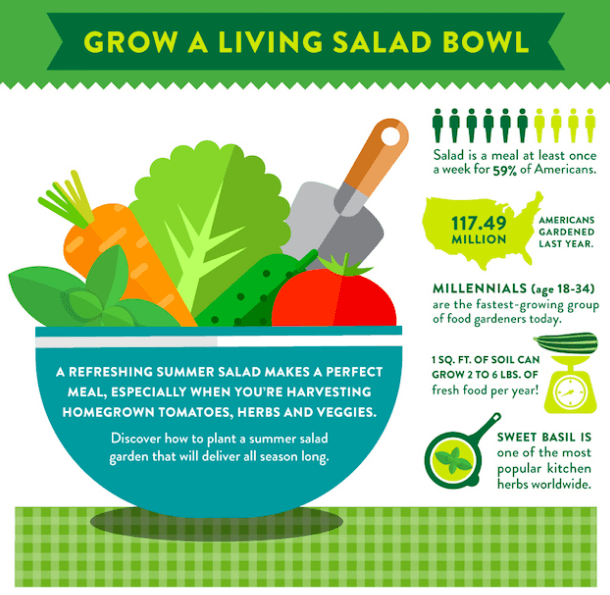Empathy often is an essential superpower of winning leaders, but it also fuels winning brands. It’s no secret that developing strong customer relationships is key to fueling long-term brand success, but building those relationships requires a deep understanding of how and why customers choose to interact with brands; an understanding that goes far beyond data.
How often does your brand team walk the aisles with your customer? Or spend time living ‘in their shoes’ so to speak? When brands are truly in tune with their customers’ wants and needs, they can unlock new business opportunities, deliver greater value, and uncover more powerful ways of connecting with them for the long term.
In other words, empathy fuels engagement.
How you make people feel ultimately guides their engagement with your brand. So, how do you elicit the right “feelings” and show you understand them rather than just saying you do?
Don’t sell, help.
Brands that actually ‘do’ rather than just ‘say’, win today. Showing rather than telling is core to demonstrating empathy, not just selling to emotions. Put yourself in your customer’s shoes. Go through the steps they might take to solve a problem. How do they research and seek resolution? Thinking like your customer helps remove bias and more importantly, helps you become a resource, not just a retailer.
Offer people something of value, even if it is adjacent to your own core offering.
The Home Depot caters to all types of builders and DIY-ers. They realize those groups need inspiration. Thus, they have implemented project-minded marketing efforts that focus on what their products help you do, not just what they are. For example, they’ve turned gardening supplies into a toolkit for how to grow your own salad — helping people understand which vegetables grow best, and what supplies are needed.
Meditation company Headspace provides a similar example. Rather than simply reminding people what Headspace offers, the brand has created content that delivers on its promise of “mindfulness for your everyday life” with a simple and easy-to-apply handwashing tutorial that turn this mindless activity into a mindful, meditative practice.
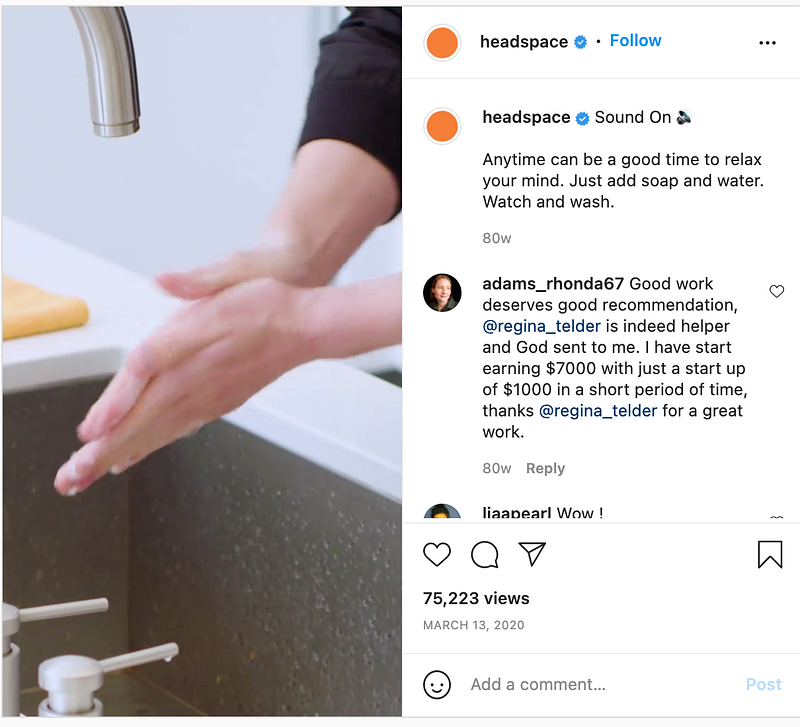
The video provides tangible value to its social media followers, empowering them to remain calm, even in the midst of chaos. It also demonstrates the value the brand offers consumers without a direct call to download or subscribe.
Microsoft and Michelob Ultra teamed up during the pandemic to deliver an unforgettable experience to NBA fans while they were stuck at home. Powered by Microsoft Teams, the two brands created a virtual viewing experience for a select number of lucky fans.
Though the experience was a bit clunky, it was an ambitious idea that brought back an “in-person” game experience they knew their audience craved. And who knows, it may transform sports viewing opportunities for long-distance fans in years to come.
While more closely tied to their product, Sonos listened to their customers and used their marketing channels to help. Leaning into the fact that nobody enjoys tracking down a manual or reading through product instructions, this social media campaign saved their followers time and energy with easy tutorials simplifying their products. From “how to’s” for programming Sonos songs as your alarm to streaming directly from the Spotify app, these videos offered a valuable tool and enhanced the overall brand experience.
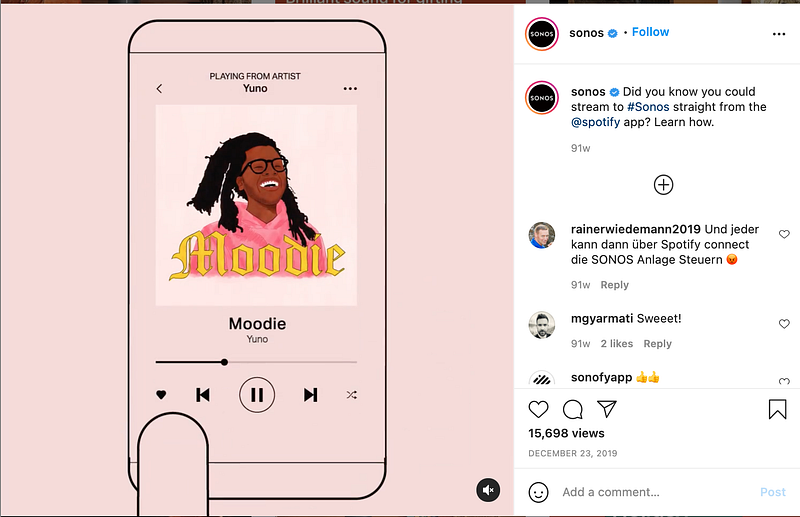
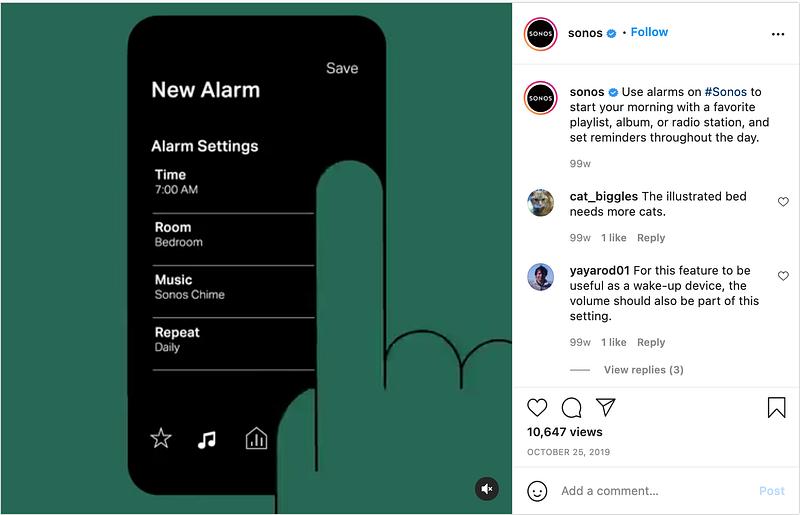
When you think about the ways your products or services can enhance people’s lives, it not only demonstrates the value you offer to people but strengthens your customer bonds in impactful ways. Leaning into ways your brand can help consumers exactly where they are both physically and emotionally opens the door to long-lasting relationships and brand affinity.
Lean into their experience
Developing narratives around situations and challenges also allows people to see themselves in your story. At the end of the day, people want to feel connected.
During the pandemic, Windermere Real Estate showed solidarity with homebound people with a simple and relatable UGC Instagram campaign that captures the everyday moments at home, using the hashtag #MoreThanJustAHome.
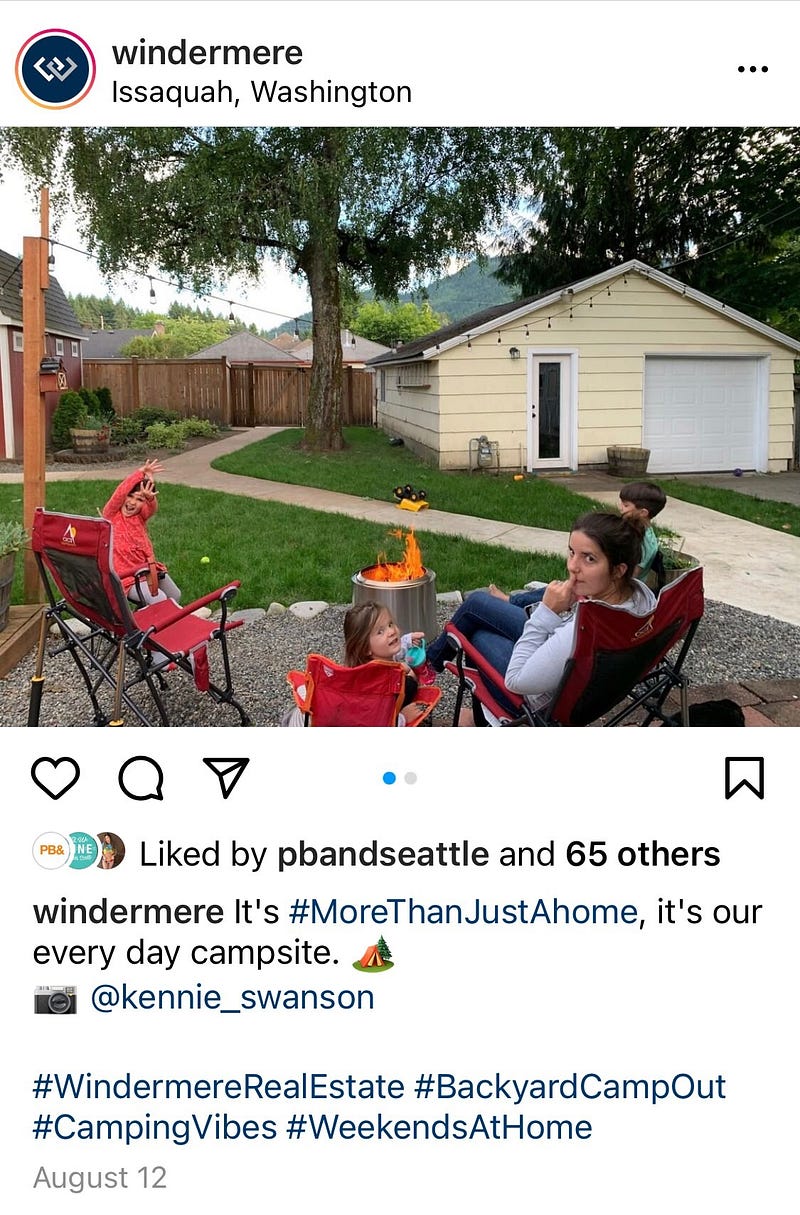
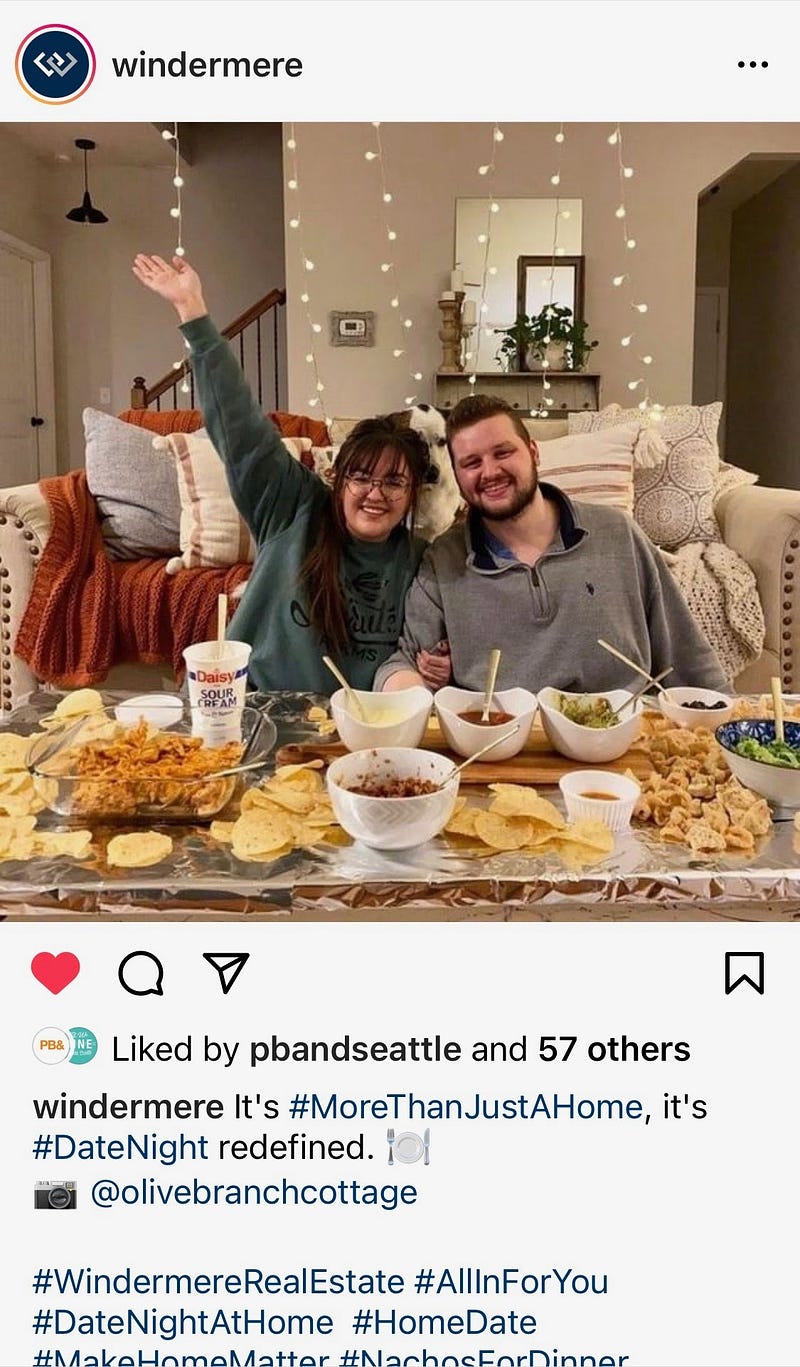

Likewise, Budweiser empathized with consumers in the midst of quarantine by resurrecting their much loved ‘Whassup’ catchphrase in a new version that dubbed updated audio over the original 90s video. The spot features four men ‘just quarantining, having a Bud.’
This spot captured the mood of lockdown and the campaign extended into social with the hashtag #TogetherAtADistance — highlighting the importance of remaining connected and checking in on friends and family.
Finding ways to display a genuine understanding of your consumers’ experiences can help form meaningful and lasting bonds.
Listen and evolve
You can learn a lot from your customers — both the happy and frustrated ones. But this requires an active effort of listening and a willingness to make changes. When you consider, absorb, and reflect on the experiences and events that surround your business and your consumers, you can unlock invaluable brand opportunities.
As a direct response to consumer and real-world concerns regarding ocean health and climate change, Adidas has pledged to only use recycled plastics by 2024. As part of this effort, they’ve developed The Futurecraft Loop shoe using only plastic materials, including the tongue, laces, upper, and midsole. It’s been a multi-year effort with the goal of doing its part to generate less plastic waste. It also showcases that Adidas is listening to and willing to go the extra mile for their customers.
Lush, a provider of handmade cosmetics, also displays a deep understanding of their audience. Their customers want products that are truly natural and assurance that they’re getting what they pay for. In response, the brand released a video series that offers transparency into the making of their best-selling products.
Each episode in this series features actual company employees narrating the process of how their products are made, step-by-step. In this video, you see fresh lemons, tea, and salt mixed together to become the “Big Shampoo” consumers know and love.
It’s satisfying to watch and it validates the company’s claim of delivering fresh, natural, and handmade products.
When customers believe you care about them as humans, not just data points, they become advocates for your brand, word of mouth marketers, and loyal customers your business needs. And it all starts with empathy.
@KailaRobinson, Strategist
